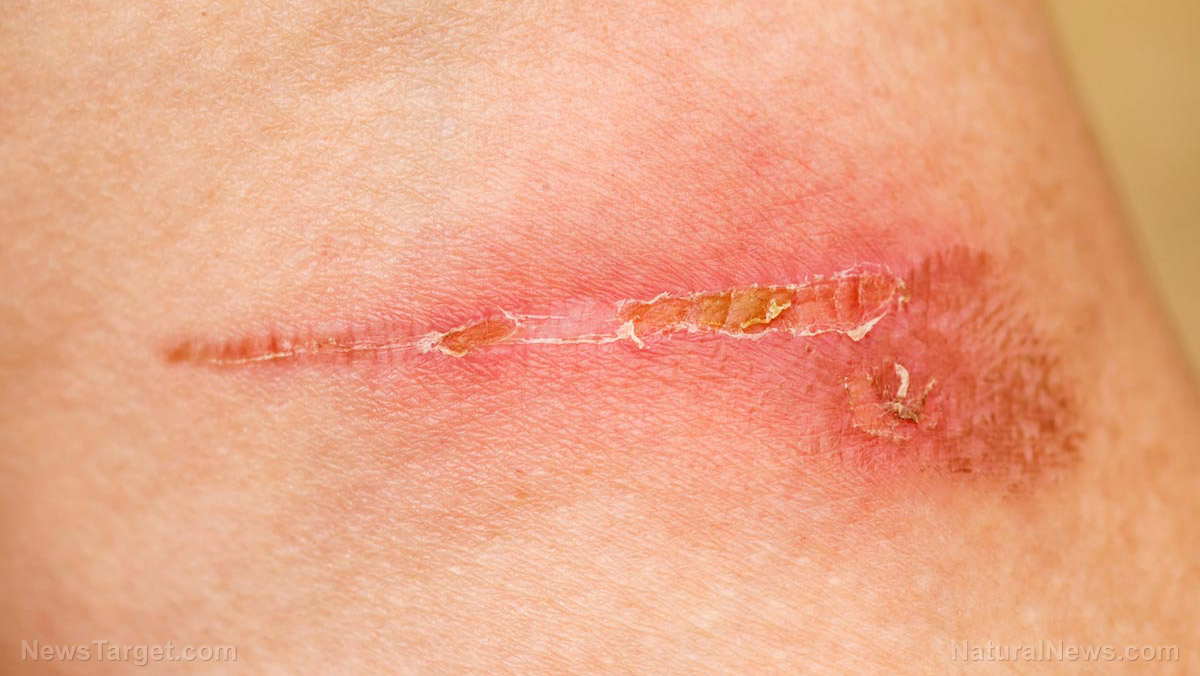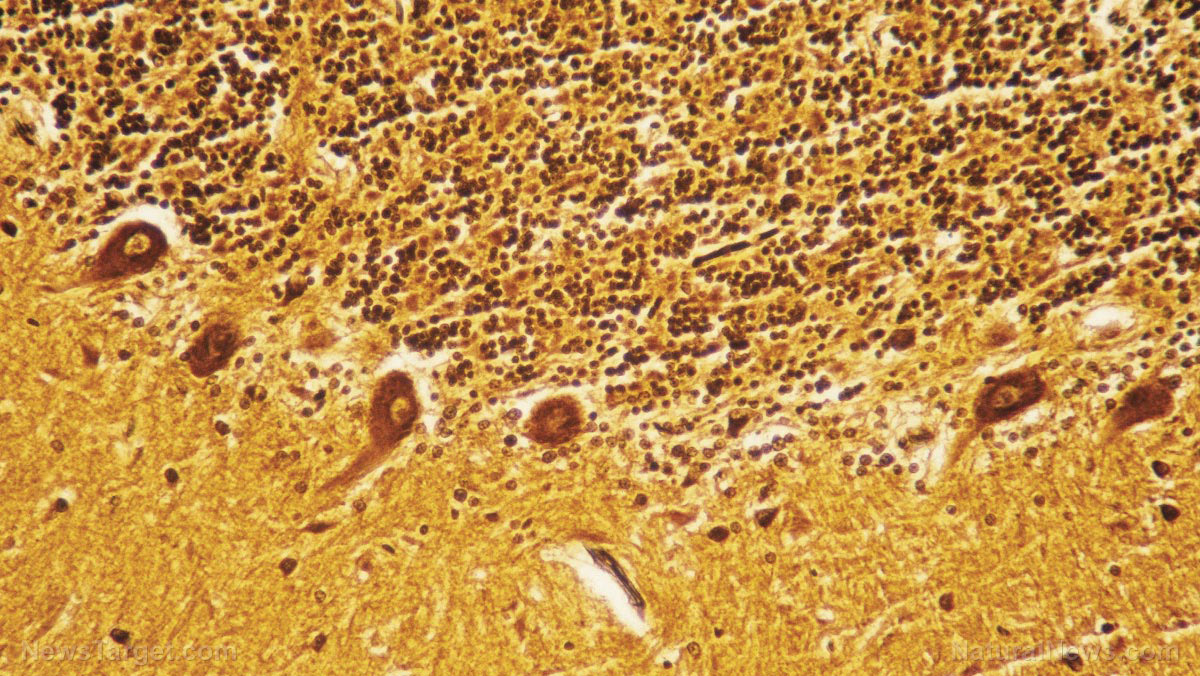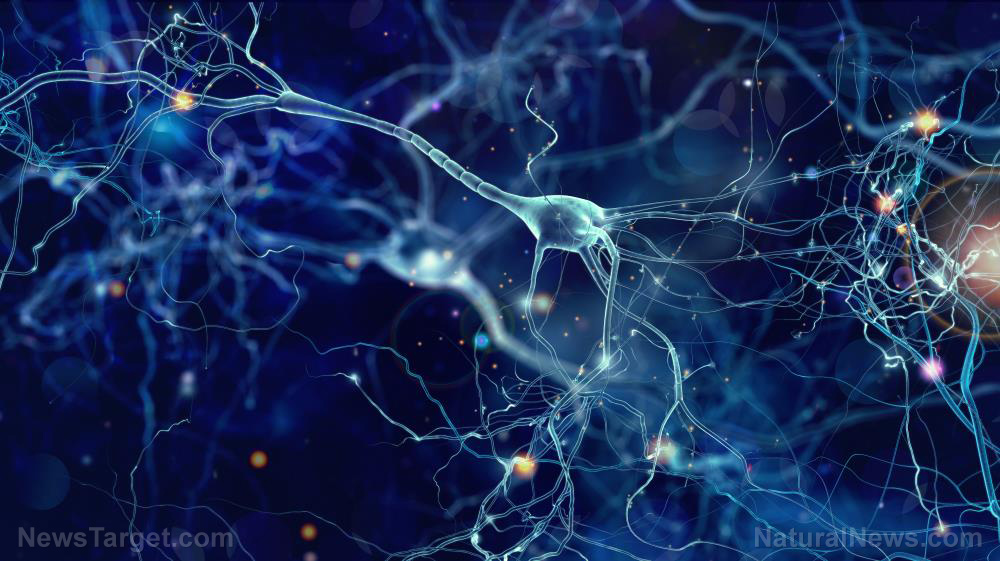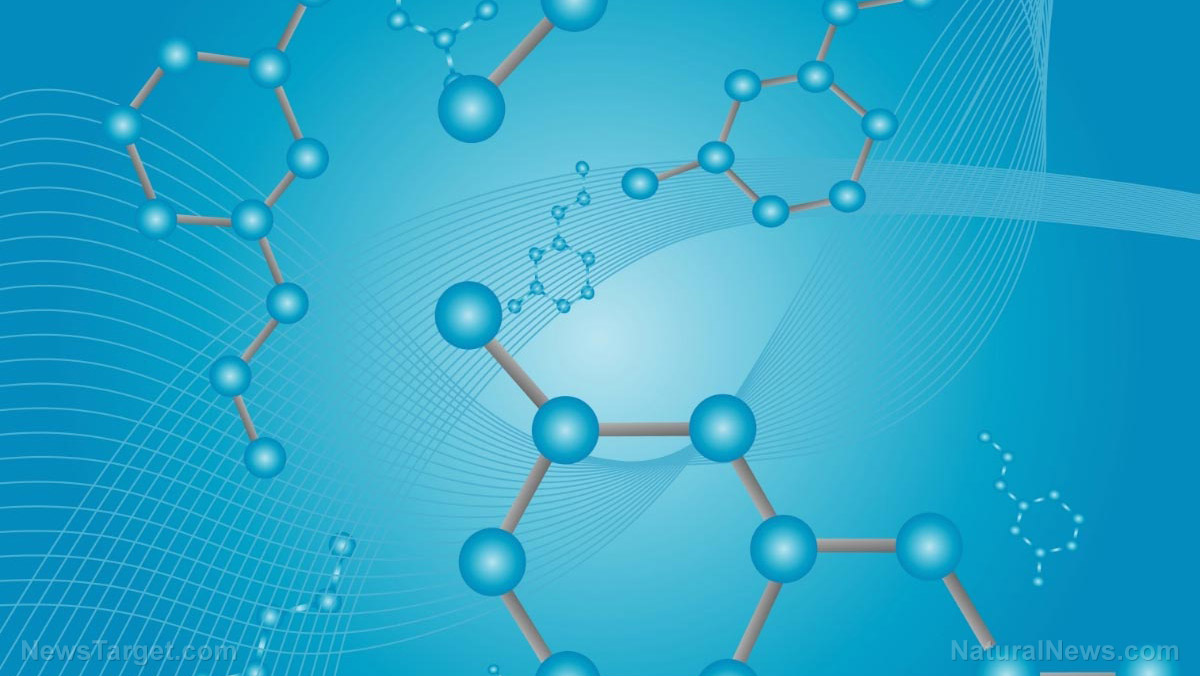Scientists discover breakthrough method for engineering gut bacteria to treat certain health conditions
10/06/2017 / By Isabelle Z.

Even though many people associate bacteria with illness, they actually have a symbiotic relationship with humans wherein they help us and we help them. In fact, the gastrointestinal tract is almost like an auxiliary central nervous system, “talking” to other parts of the body using a chemical language that is transmitted molecularly.
Now, researchers at Rockefeller University and the Icahn School of Medicine at Mt. Sinai have found that this chemical language can treat diseases by sending bacteria that is genetically engineered to “talk” to the body’s human cells. Under the right conditions, the modified bacteria could even exchange some chemical information with the cells that convinces them to change metabolically in a way that can fight disease.
The scientists published research in the journal Nature that shows this technique in action. They introduced modified gut bacteria to laboratory mice that led to lower blood glucose levels and insulin concentrations, which can help treat diseases like diabetes.
This confirms that human cells and gut bacteria speak dialects of the same language and can understand one another, and if researchers can gain a sharper understanding of their language, they might be able to use bacteria that has been genetically modified to spur the body to carry out therapeutic changes.
Organic molecules known as ligands play a vital role in this shared chemical language. Ligands bind to receptors in human cell membranes in the gastrointestinal tract known as GPCRs, and this is what creates certain biological effects. In the new method the scientists developed, artificial ligands are created that bind to the targeted receptors, causing the cell membrane to act the same way it would react to standard ligands.
Bacterial genes easier to work with than human genes
Manipulating bacterial genes in the lab is a lot easier than working with human genes, and the genes of all the bacteria found in the human biome have already been sequenced, which means there is an existing road map that can guide such work.
The study’s co-authors, Sean Brady and Louis Cohen, believe their technique could be used to treat a variety of illnesses, from inflammatory bowel disease to diabetes.
Using nature to our advantage
Cohen said that despite being created inside a laboratory, the engineered bacteria should not be considered a foreign body because the human body does not view it that way.
Brady added: “The biggest change in thought in this field over the last 20 years is that our relationship with these bacteria isn’t antagonistic. They are a part of our physiology. What we’re doing is tapping into the native system and manipulating it to our advantage.”
In previous research, the scientists in Brady’s lab have sought the naturally occurring therapeutic agents in microbes from soil. For this study, Cohen used human stool samples to find gut bacteria with DNA that could be engineered. After finding the right ones, he cloned them and then placed them inside the easy-to-grow E. coli bacteria to see which molecules the E. coli strains he engineered would make.
Brady said they hope this is just the beginning of what will eventually become a very thorough investigation into what the molecules that are derived from microbes are capable of. He said that they plan to define and expand the chemistry that our bacteria uses to interact with us.
Sources include:
Tagged Under: bacterial genes, genetic engineering, GPCRs, gut bacteria, gut health, illness, immunity, longevity, microbiome, modified gut bacteria, nutrients




















